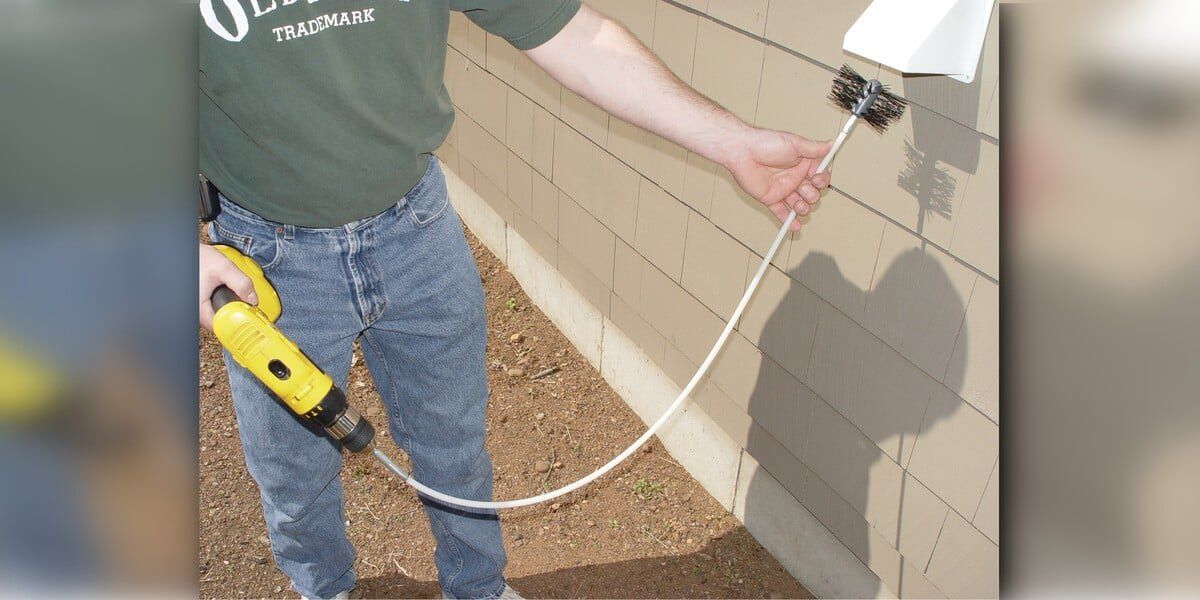
CE Certification: Your Gateway to Selling Products in the European Market
Picture this: you’ve poured your heart and soul into designing a cutting-edge gadget or a game-changing piece of machinery. You’re ready to take it to the world, and Europe’s massive market is calling your name. But then you hit a wall—CE certification. What’s that all about? If you’re a manufacturer or exporter eyeing the European Economic Area (EEA), this little mark is your golden ticket. Let’s break it down, step by step, so you can get your product on shelves from Lisbon to Helsinki without breaking a sweat.
What’s the Deal with CE Certification?
CE stands for Conformité Européenne—fancy French for “European Conformity.” It’s not just a sticker you slap on your product; it’s a promise. A promise that your product meets the European Union’s strict safety, health, and environmental standards. Think of it like a passport for your product to freely travel and sell across the 27 EU countries, plus a few others like Norway and Iceland. No CE mark? No entry. It’s that simple.
But here’s the kicker: getting that mark isn’t always a walk in the park. It’s a process that demands attention to detail, a bit of patience, and a whole lot of know-how. Why does it matter so much? Because Europe’s not messing around when it comes to protecting consumers. Whether you’re making toys, medical devices, or heavy machinery, the CE mark shows you’ve done your homework.
Why Should You Care?
You might be thinking, “My product’s already top-notch. Do I really need this?” Honestly, yes. Without the CE mark, your product can’t legally be sold in the EEA. It’s not just about avoiding trouble—it’s about building trust. Customers see that mark and know your product’s been vetted for safety and quality. Plus, it opens doors to a market of over 450 million consumers. That’s not small potatoes.
And here’s a little digression: the CE mark isn’t just for big players. Whether you’re a small startup crafting artisanal electronics or a mid-sized company churning out industrial equipment, this certification levels the playing field. It’s your chance to compete with the big dogs in a market that values quality over flash.
The Nuts and Bolts of CE Certification
So, how do you get this coveted mark? It’s not like you send an email and get a shiny sticker in return. The process involves a few key steps, and while it can feel daunting, it’s totally doable with the right approach. Let’s walk through it like we’re chatting over coffee.
Step 1: Know Your Product’s Category
First things first, you need to figure out which EU directives apply to your product. The EU has a bunch of rules—called directives—that cover everything from toys to medical devices to machinery. Each directive lays out specific requirements your product needs to meet. For example, a kid’s toy has to pass safety tests to ensure it won’t end up in a choking incident, while a medical device might need to prove it’s safe for human use.
Here’s the thing: some products fall under multiple directives. Say you’re making a smartwatch. It’s an electronic device, so it needs to comply with the Electromagnetic Compatibility (EMC) Directive. But it’s also worn on the body, so it might need to meet health and safety standards under another directive. Confusing? A little. But taking the time to pin this down early saves headaches later.
Step 2: Test, Test, and Test Again
Once you know the rules, it’s time to make sure your product plays by them. This usually means testing—lots of it. Depending on your product, you might need to check for things like electrical safety, material durability, or even how it holds up under extreme conditions. Some products, like simple toys, might let you self-certify, meaning you run the tests yourself and declare compliance. Others, like complex medical devices, might require a third-party lab to give the thumbs-up.
Here’s a quick tip: don’t skimp on testing. I know, it’s tempting to cut corners when budgets are tight, but one failed test down the line could mean starting from scratch. Plus, thorough testing gives you peace of mind. Who doesn’t want that?
Step 3: Document Everything
If there’s one thing the EU loves, it’s paperwork. You’ll need to create a technical file—a dossier of sorts—that proves your product meets all the necessary standards. This isn’t just a formality; it’s your proof of due diligence. Your technical file might include design specs, test results, risk assessments, and user manuals. Think of it as your product’s biography, telling the story of how it became CE-compliant.
A little side note: keeping this file organized is a lifesaver. Imagine trying to dig through a messy drawer for that one receipt you need. Now imagine doing that for a 200-page document when an auditor comes knocking. Yeah, let’s avoid that.
Step 4: Slap on That CE Mark
Once you’ve dotted your i’s and crossed your t’s, you’re ready to affix the CE certification to your product. This isn’t just sticking a logo on the box—it needs to be visible, legible, and permanent. Sometimes it’s on the product itself, sometimes on the packaging or manual. The EU’s picky about this, so follow their guidelines to the letter.
And here’s a fun fact: the CE mark’s design is super specific. It’s got exact proportions, and you can’t just wing it with a knockoff version. There’s even a template you can download to make sure you get it right. Who knew a logo could be so high-maintenance?
Common Pitfalls to Dodge
Now, let’s talk about where things can go wrong. Nobody’s perfect, and even the savviest manufacturers can trip up. One big mistake? Assuming the CE mark is a one-and-done deal. Spoiler: it’s not. If you change your product’s design or materials, you might need to re-certify. Same goes if the EU updates its directives, which happens more often than you’d think.
Another trap is underestimating the time and cost. Testing and documentation can take weeks or even months, and third-party labs aren’t cheap. Budget for it upfront, and give yourself a buffer. Rushing through the process is like trying to bake a cake in half the time—it’s not gonna turn out well.
Oh, and one more thing: don’t confuse the CE mark with other certifications. It’s not the same as a UL mark in the U.S. or a CCC mark in China. Each market has its own rules, and thinking you can use one certification to rule them all is a rookie move.
Why It’s Worth the Hassle
You might be wondering, “Is all this really worth it?” Let me put it this way: the European market is a goldmine. With a GDP of over €17 trillion, it’s one of the biggest economies in the world. Getting your product CE-certified means you’re not just selling to one country—you’re selling to an entire continent. That’s a lot of potential customers.
Plus, there’s a ripple effect. A CE mark signals quality, not just in Europe but globally. It’s like a badge of honor that tells buyers, “This product’s been through the wringer and came out shining.” And in a world where trust is hard to come by, that’s priceless.
A Little Inspiration
Think of CE certification as a rite of passage. It’s like training for a marathon—you put in the work, you sweat a little (or a lot), but crossing that finish line feels incredible. Every successful product on European shelves, from sleek smartphones to life-saving medical devices, went through this process. You’re in good company.
Wrapping It Up: Your Next Steps
So, where do you go from here? Start by taking a hard look at your product and figuring out which directives apply. If you’re not sure, a quick chat with a consultant or a testing lab can point you in the right direction. Then, roll up your sleeves and get to work on testing and documentation. It’s not glamorous, but it’s the kind of work that pays off big time.
And here’s a parting thought: the CE mark isn’t just about compliance—it’s about opportunity. It’s your chance to show the world what your product can do. So, go for it. Europe’s waiting.


